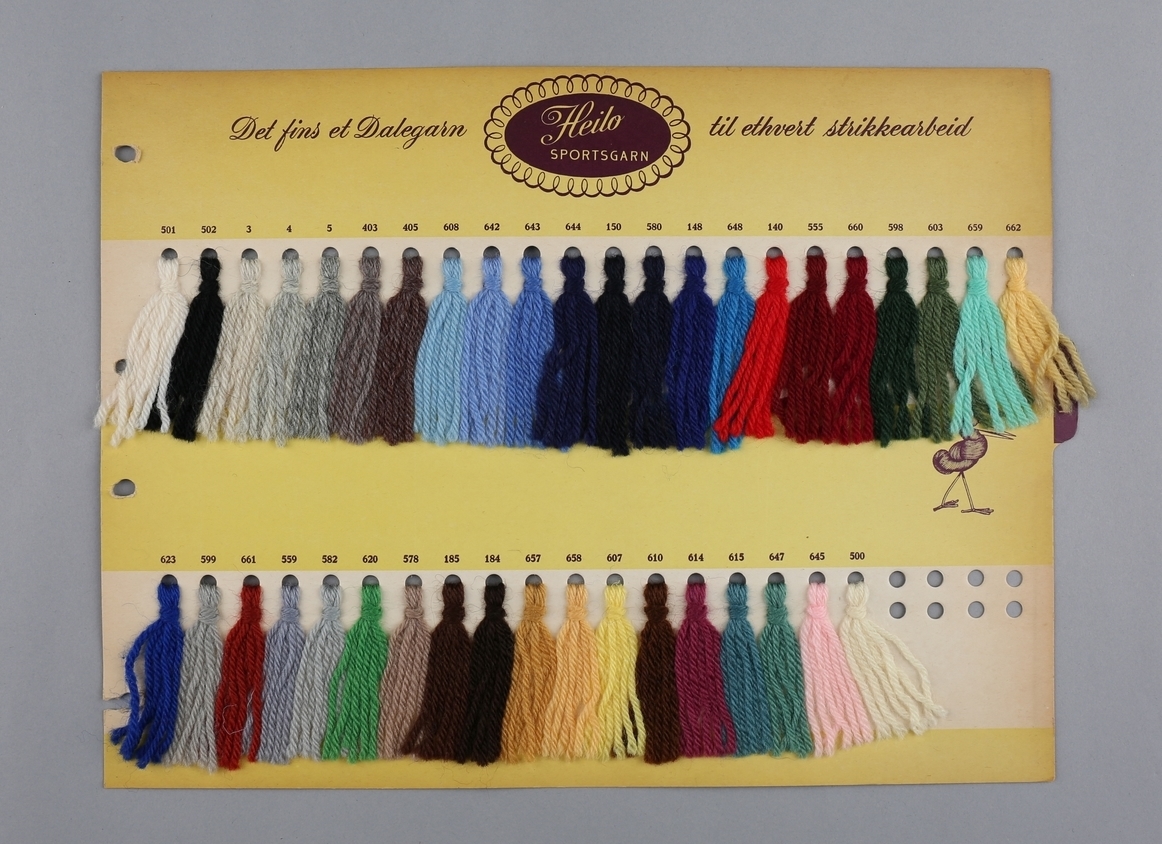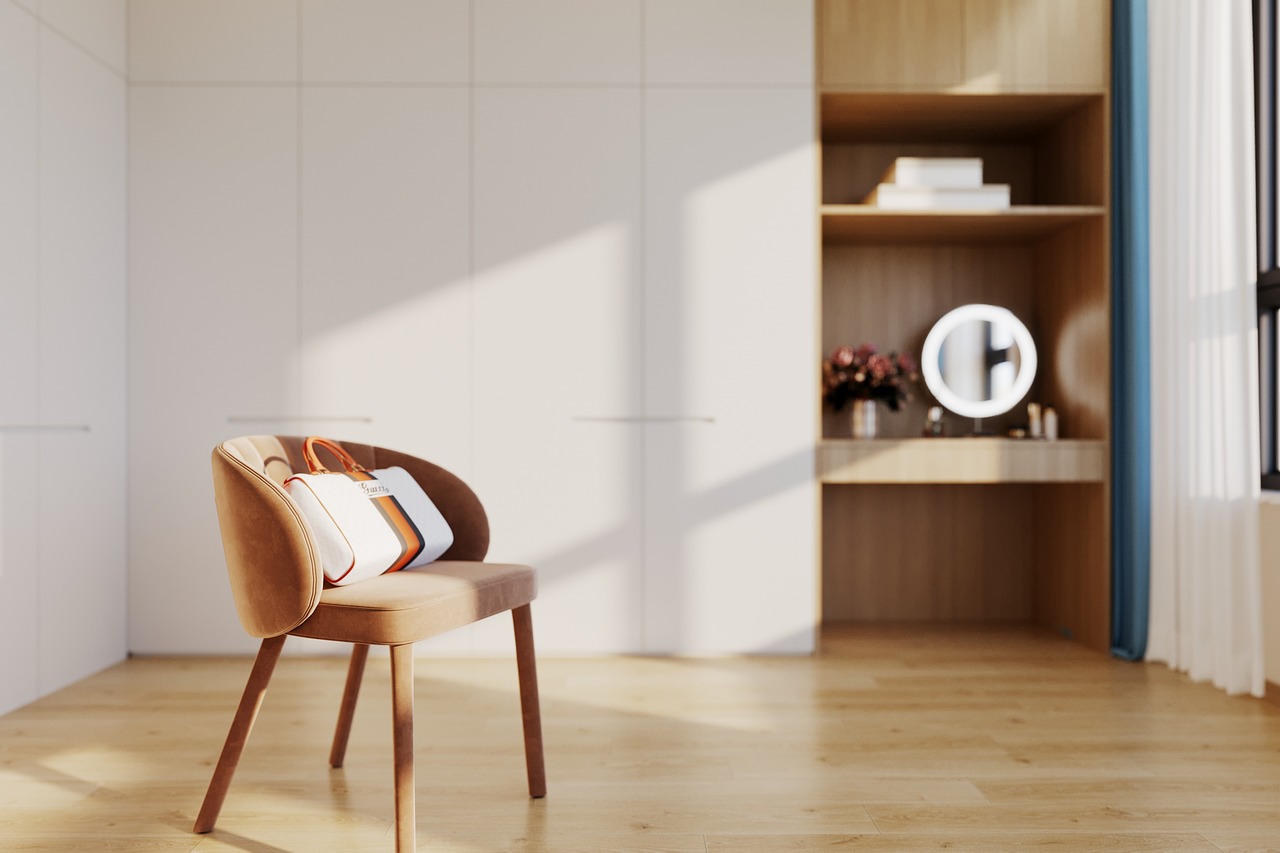Paint Color Deception
Designers know that paint color samples can be shockingly deceptive. What looks perfect under the bright lights of a hardware store can look drab or garish in your living room. According to a 2024 survey by Houzz, over 68% of homeowners regretted their initial color choice after seeing it on the walls at home. Designers always test large swatches on multiple walls and observe the color at different times of day before making a decision. The undertones in paint—warm, cool, muddy, or clear—can dramatically shift depending on lighting and surroundings. Even the type of bulb you use can make a color look warm or cold. Most DIYers skip this vital step, which often leads to costly repainting. Designers keep this process quiet because it’s their secret weapon for flawless rooms.
Lighting Layers Are Essential

Good designers never rely on just one light source. They always use a mix of ambient, task, and accent lighting to create mood and depth. The American Lighting Association’s 2023 report found that 73% of professionally designed spaces had three or more types of lighting, while only 29% of DIY spaces did. Designers use dimmers, wall sconces, and table lamps to make a room feel inviting and functional. Overhead lights alone can make a space feel flat or harsh. The subtle play of shadows and highlights is what gives a professionally designed room its magic. DIYers usually stop with a ceiling fixture, missing out on this layered look.
Furniture Scale Tricks
Selecting furniture is more than just picking what fits. Designers secretly use tricks with scale—mixing larger statement pieces with smaller items for balance. According to a 2024 Architectural Digest study, 60% of DIY redecorators chose furniture that was either too big or too small for their space. Designers carefully measure and use tape on the floor to lay out where each item will sit before buying. They also play with the height of furniture to keep the eyes moving around the room. This approach makes even small rooms feel grand and spacious. Most DIYers don’t realize that scale can make or break a design.
Behind the Scenes With Samples

Designers never rely solely on internet images or paint chips; they collect samples for everything. Swatches of fabric, flooring, tile, and wallpaper are tested together in the actual space. The National Kitchen & Bath Association’s 2023 guide notes that 84% of design professionals assemble physical mood boards before committing to materials. Designers know that the interplay of textures and colors can’t be judged on a screen. They move samples around in different light, sometimes for days, before making final choices. This hidden process prevents expensive mismatches. DIYers often skip this step, leading to disappointing surprises on install day.
Budgeting for Hidden Costs
Budgets crafted by designers always include a buffer—usually 15-20%—for surprises. A 2024 survey by HomeAdvisor revealed that 59% of home renovators exceeded their initial budgets, often due to unforeseen expenses. Designers anticipate hidden costs like shipping delays, damaged goods, or last-minute fixes. They also know where to splurge and where to save for maximum impact. For example, investing in a statement light fixture can elevate a whole room, while saving on accent decor. DIYers often go over budget because they forget about taxes, delivery fees, or repair costs that pop up mid-project. Designers keep this budgeting wisdom close to the vest.
Customizing Off-the-Shelf Finds

Professional designers rarely use store-bought items exactly as-is. They customize with paint, new hardware, or even altering the dimensions. According to a 2023 Elle Decor feature, over 70% of designers reported modifying mass-market furniture for a bespoke look. Simple tweaks like changing knobs or painting furniture legs can transform an ordinary piece into something unique. Designers also mix high and low—pairing an affordable sofa with custom pillows or a vintage find. This blend keeps rooms from feeling like a catalog page. DIYers often overlook these simple customizations that add designer flair.
Perfecting the “Collected” Look
Designers never buy all their furnishings from one store or in one shopping spree. They curate a room over time, mixing new finds with vintage or personal pieces. A 2024 study from Interior Design Magazine found that professionally styled homes had, on average, furnishings from five or more sources. This approach creates a layered, lived-in feel that’s hard to fake. Designers are experts at “editing”—removing items that clutter or don’t fit. Most DIYers rush to fill a space and end up with a matchy-matchy look, missing the soulful vibe of a thoughtfully collected room.
The Power of Negative Space

Designers know that what you leave out is just as important as what you put in. Negative space—empty wall or floor areas—keeps rooms from feeling crowded. The International Design Society’s 2025 trends report highlighted that 85% of award-winning projects featured strategic use of negative space. Designers use breathing room to highlight statement pieces and create visual flow. Overfilling a room with decor or furniture is a mistake many DIYers make. The pros are patient, letting the room “breathe” and evolve over time. This restraint gives a sense of luxury and calm.
Art Placement and Scale Secrets
When it comes to art, designers pay close attention to placement and scale. They hang art at eye level—typically about 57 inches from the floor to the center of the piece, as recommended by museums and confirmed in a 2023 MoMA guideline. Designers also group smaller pieces together in gallery walls to create impact. Oversized art is used as a focal point, but only if the wall can handle it. Proper spacing between frames keeps things from looking cluttered. DIYers often hang art too high or too small, making walls feel awkward or unfinished. Designers use these tricks to make art look intentional and balanced.
Rug Size Rules
Designers take rug sizing seriously, knowing that the wrong size can ruin a space. The American Society of Interior Designers reported in 2024 that 72% of DIYers chose rugs that were too small for their rooms. Designers always ensure that at least the front legs of all main furniture pieces sit on the rug. In living rooms, rugs should generally be at least 8×10 feet, even in smaller spaces. This grounds the room and connects the furniture visually. Tiny “postage stamp” rugs make rooms feel disjointed. Designers quietly follow these sizing formulas to achieve a cohesive look.
Window Treatments Matter More Than You Think
Window treatments are a designer’s secret weapon for making a room feel finished. A 2023 Zillow report found that rooms with custom drapes or shades were rated 30% more attractive by homebuyers than those with bare or basic windows. Designers hang curtains high and wide to make windows appear larger and ceilings taller. They pay attention to the fabric, lining, and how the curtains pool on the floor. Store-bought panels are often too short or narrow, but designers will sew panels together or add trim for a tailored effect. DIYers usually settle for what’s available, missing the dramatic transformation that custom treatments provide.
Mixing Textures for Depth
Designers know that a room filled with smooth, similar surfaces can look bland and flat. They expertly mix textures—think velvet pillows, woven baskets, leather chairs, and chunky knit throws—to create depth and interest. The 2024 House Beautiful trend report highlighted that 82% of top designers cited texture mixing as essential for a high-end look. This trick is often subtle but incredibly effective. Designers layer rough with smooth, shiny with matte, and soft with hard. Most DIYers focus only on color and pattern, forgetting that texture can completely change the feel of a space. Designers rely on this secret for rooms that beg to be touched.
Editing and Styling Like a Pro
Once the big pieces are in place, designers spend hours arranging and rearranging decor. They style shelves, coffee tables, and mantels with a mix of heights, shapes, and colors for a collected look. According to a 2023 survey by Apartment Therapy, 68% of professional designers spend at least two days just on styling and editing. They add and subtract until everything feels effortless yet intentional. This process is rarely talked about, but it’s what gives designer spaces that perfect, magazine-worthy finish. DIYers often skip this final layer, missing out on the polished effect that makes a room truly shine.

A master of contemporary design, Bobby Burke brings a fresh perspective to home styling. His book Effortless Interiors offers readers a roadmap to achieving sleek, functional, and beautiful spaces with ease.
